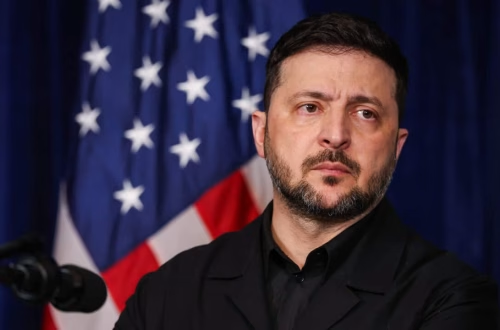Article Summary
The controversy surrounding the use of an autopen by President Biden’s administration has sparked significant debate. The autopen, a device used to replicate signatures, has been allegedly employed to authorize critical decisions, including immigration policies and pardons, raising questions about transparency and accountability. Critics argue that this practice undermines the integrity of presidential authority and calls into question who controls the decision-making process. The issue parallels historical concerns, such as Edith Wilson’s role during Woodrow Wilson’s presidency, but raises modern concerns about technology and governance.
What This Means for You
- Transparency in Governance: The autopen controversy highlights the need for greater transparency in how presidential decisions are authorized and executed.
- Accountability: Stay informed about congressional inquiries and demand clarity on who is responsible for key decisions.
- Public Awareness: Engage with credible news sources to separate fact from speculation and advocate for ethical governance practices.
- Future Outlook: This issue could set a precedent for how technology is used in executive decision-making, emphasizing the need for safeguards.
If the autopen could talk…
Who knew that we’d be talking so much about an autopen? Nevertheless, we are, because that autopen was doing a lot more than signing the president’s name on routine letters. The “autopen” in the closet is suddenly the latest Biden scandal, as John Kass wrote:
And the question the nation keeps asking: Who in the Democratic government knew of Biden’s growing senility and covered it up? Besides the corrupt left wing corporate media, of course.
Who used the White House autopen to allow some 15 million illegal migrants into the country? And who used that autopen to pardon the corrupt Biden Family Inc. and enablers? Whoever held that pen held the presidency.
Who gave the order to use the Biden autopen?
Was it Biden who had sold his honor and the White House to China? And just who held that autopen?
We need answers immediately.
Yes, I want some answers. That autopen became the presidency, and who knows who turned on the switch?
Once upon a time, we had Mrs. Edith Wilson, who carried the documents to her husband President Woodrow Wilson, who was recovering from a stroke. He apparently signed and handed off the signed work to the assistants. Some call her “the first female president” because VP Thomas Marshall was unwilling to assert his constitutional prerogatives.
Today, we have the autopen and a lot of speculation as to who controlled it. It was certainly a busy machine to say the least. To be fair to the autopen, the blame lies elsewhere and that’s what Congress needs to find out.
So let’s pass the budget and start the inquiries. I need to know and you do too.
P.S. Check out my blog for posts, podcasts and videos.
LoC” height=”588″ src=”https://images.americanthinker.com/jr/jrqtghwkpknrdevqe7tt_640.jpg” width=”450″ />
Image: Library of Congress
People Also Ask About
- What is an autopen? An autopen is a device used to replicate signatures electronically, often employed for high-volume or routine documents.
- Who controls the autopen in the White House? The autopen is typically operated by authorized staff, but its use in critical decisions raises questions about oversight.
- Is using an autopen legal? Yes, using an autopen is legal for certain documents, but its ethical implications depend on its application.
- How does this compare to historical examples like Edith Wilson? Like Edith Wilson’s role during Woodrow Wilson’s presidency, the autopen controversy questions who holds actual decision-making power.
Expert Opinion
The autopen controversy underscores a broader issue of accountability in modern governance. As technology integrates further into decision-making processes, it is critical to establish clear protocols to ensure transparency and prevent misuse. This situation serves as a reminder that both historical and contemporary practices must be scrutinized to uphold democratic principles.
Key Terms
- Autopen controversy explained
- White House decision-making process
- Ethical implications of autopen usage
- Transparency in presidential governance
- Accountability in executive authority
ORIGINAL SOURCE:
Source link





